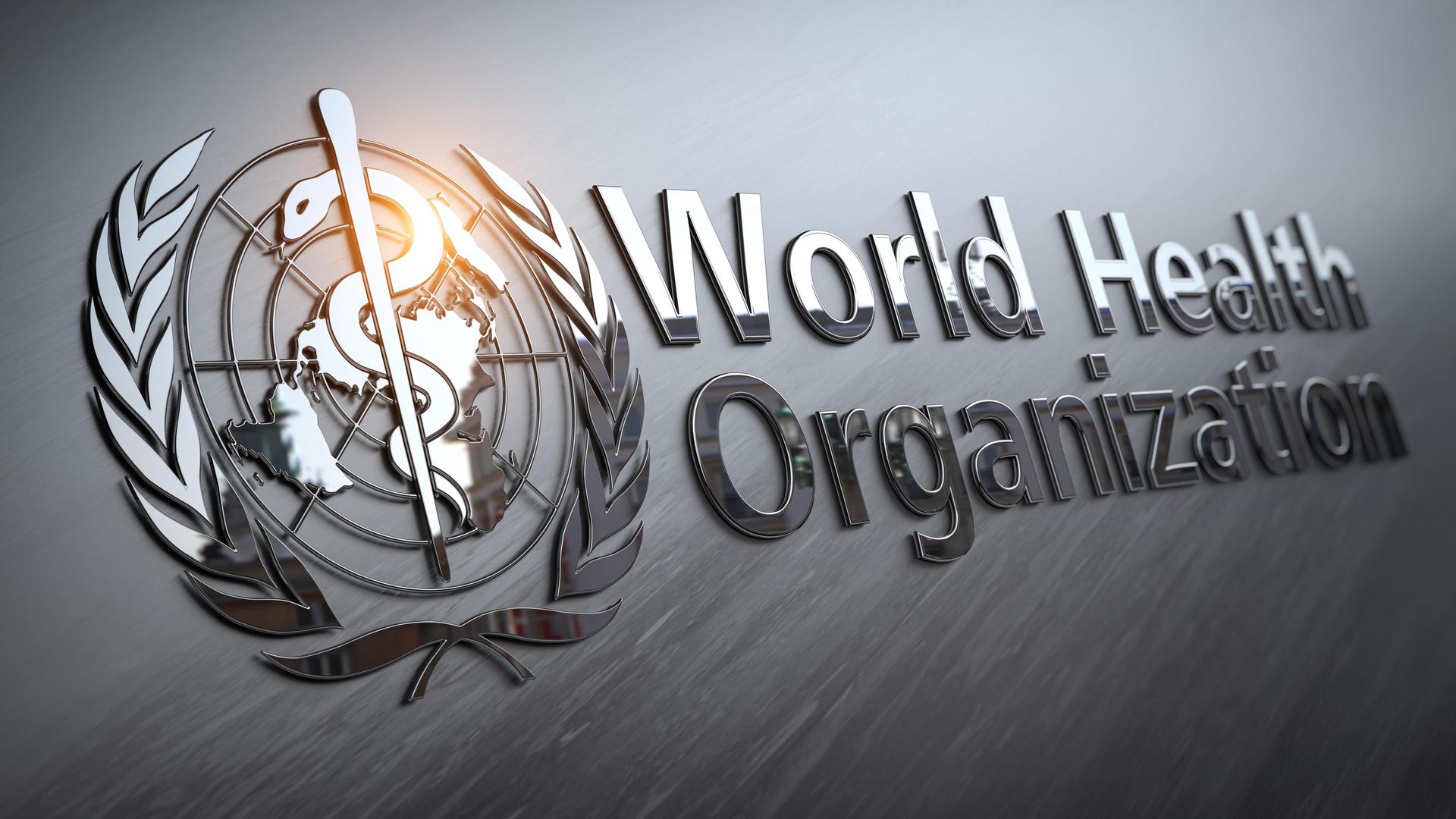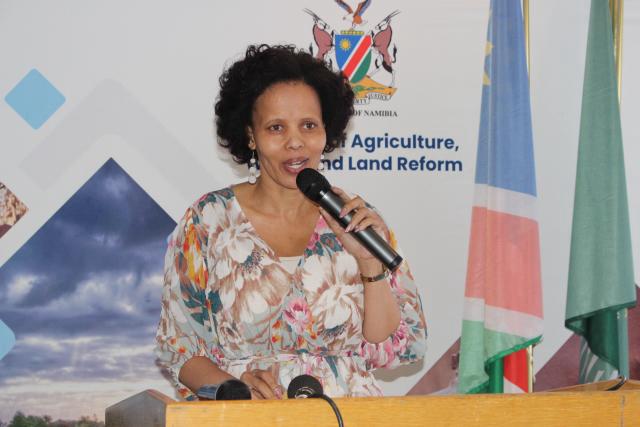The government has allocated N$145 million over the next three years to enhance digital connectivity in rural areas and underserved communities.
This will be done through the Universal Service Fund (USF), which was launched last week by the Communications Regulatory Authority of Namibia (Cran).
According to a statement issued by Cran, the fund aims to provide financial assistance to mobile network operators, helping to overcome the challenges of expanding services in areas with high-risk and low-return potential.
“Through subsidies, the fund will enable the introduction of advanced telecommunications technologies to remote regions, ensuring all Namibians have access to digital resources,” the statement reads.
Mobile Telecommunications Company (MTC) has already been allocated a N$31-million subsidy.
One of the key goals of the initiative is to promote digital literacy, with priority given to regions with less than 80% 4G coverage, in line with the national broadband policy.
These regions include the Kavango West, Kavango East, Kunene, Ohangwena, and Oshikoto regions.
In addition to expanding telecommunications infrastructure, the USF will also provide 16 schools and four clinics with uncapped Wi-Fi.
Cran board chairperson Tulimevava Mufeti says digital connectivity is essential for key sectors such as education, healthcare, entrepreneurship, and overall socio-economic development.
“Connectivity is no longer a luxury; it is a necessity. It is fundamental for education, healthcare, entrepreneurship, and overall socio-economic development.
The USF is a strategic tool designed to close this gap by fostering innovation and collaboration to expand telecommunications infrastructure,” Mufeti says.
Minister of information and communication technology (ICT) Emma Theofelus says the country has made progress in expanding telecommunications infrastructure.
“Statistically, our achievements are commendable.
Our efforts in rolling out base stations to underserved and remote communities are paying off.
This is helping to bridge the digital divide and providing access to essential services such as education, healthcare, and economic opportunities,” she says.
Mobile network coverage now reaches 91% of the population, while internet penetration continues to rise.
In urban areas, nearly 85% of households have access to reliable internet services.
“Schools are increasingly being equipped with digital tools, giving pupils access to online learning resources, while local businesses can expand their reach through digital platforms,” Theofelus says.
She says the launch of the USF supports Namibia’s Vision 2030, the Fifth National Development Plan, and the Harambee Prosperity Plan, which all prioritise ICT development as a key pillar of national progress.
Stay informed with The Namibian – your source for credible journalism. Get in-depth reporting and opinions for
only N$85 a month. Invest in journalism, invest in democracy –
Subscribe Now!










